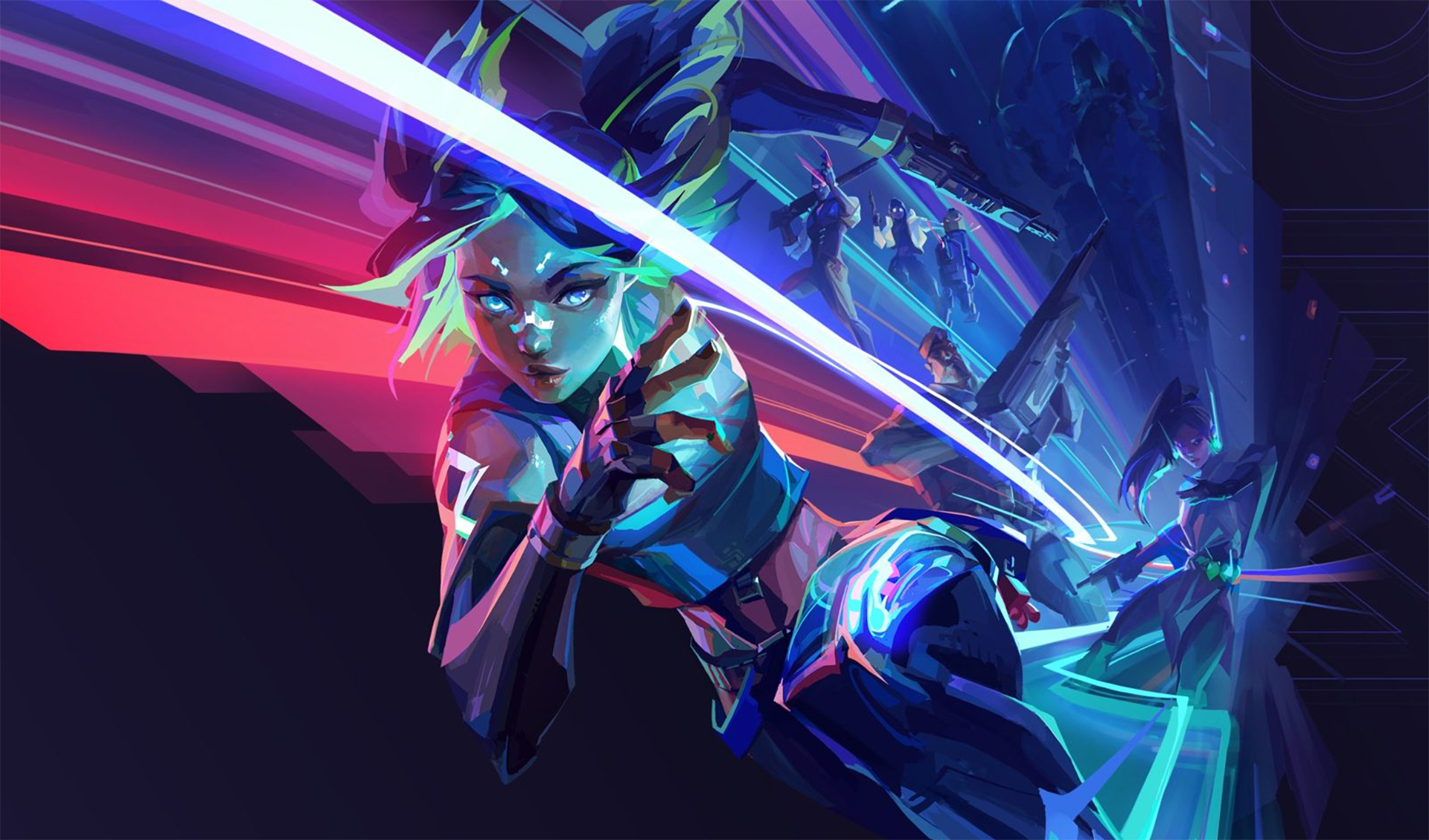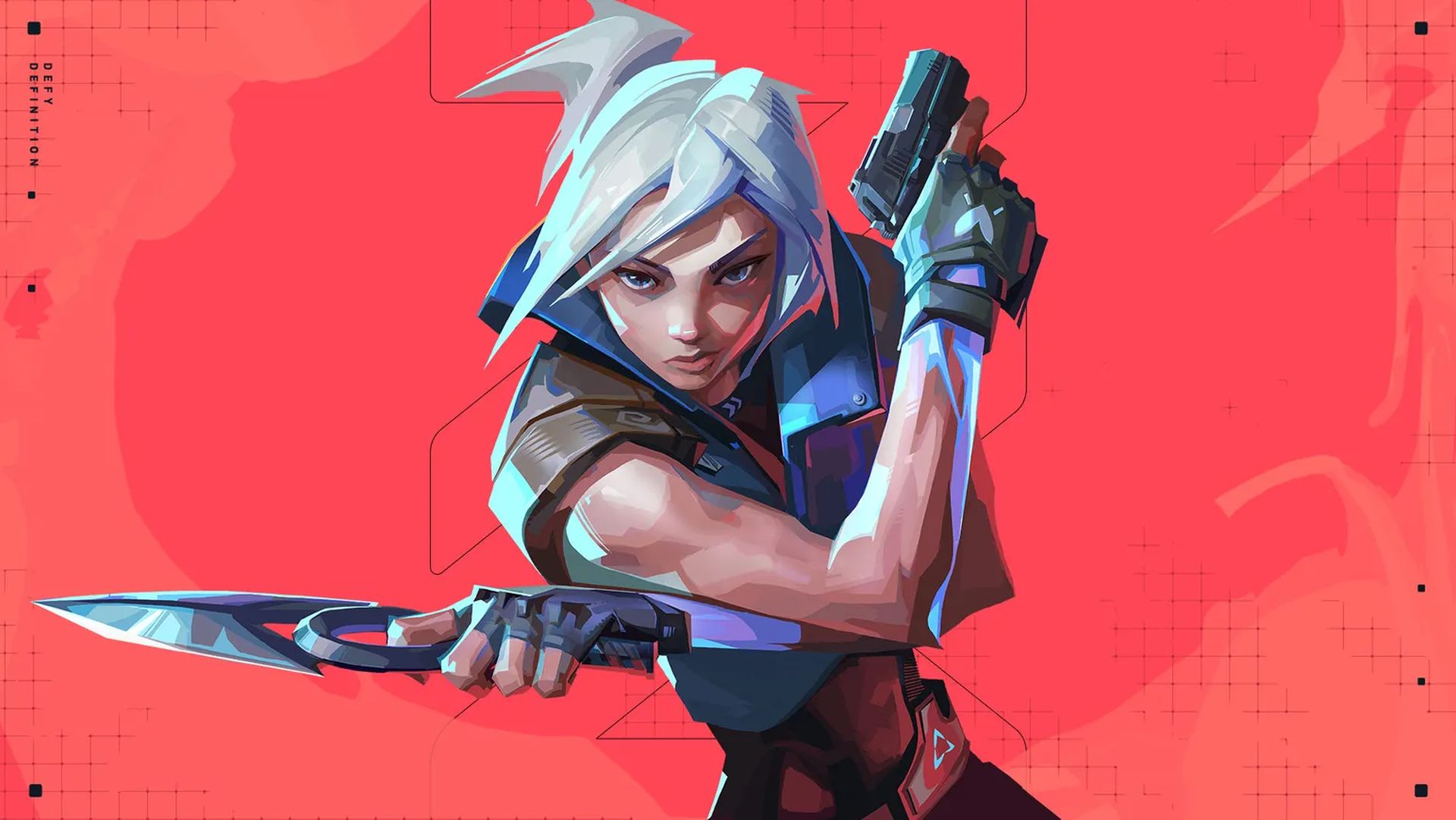
As a long-time player of Overwatch (currently a year clean), Riot Games’ Valorant has always elicited an interesting response from the former’s community. Ask a streamer/former esports player why they don’t stream it, and the response is usually, “It’s boring.” On the other hand, it’s also a refuge for many former Overwatch pros, whether because of its burgeoning competitive scene or how the hitscan role has oscillated over the years. When viewed through the larger sphere of competitive FPS gaming, the last Champions Tour pulled in about 1.8 million peak viewers.
Over four years since debuting on PC, it’s finally available for PS5 and Xbox Series X/S. Obviously, it offers more content than its original launch, from new Agents who baffle me with their strange creatures and devices to new maps and modes that cater to almost every type of player. However, the core of Valorant remains surprisingly compelling, coupled with addictive gunplay and a solid competitive experience…even if it’s not for everyone.
“Despite the fantasy names, guns in Valorant operate realistically, with recoil and spread to manage. Spraying full force up close may be ideal, but tapping the trigger at long range is better for precision…”
If you’ve played any multiplayer shooter at any point in your life, Valorant’s gameplay will look very familiar. The primary objective-based mode is Spike Rush – one team picks up the Spike and deploys it on one of several objective areas. Meanwhile, the opposing team must stop them, either by slaying every opponent or defusing the Spike in time. At the halfway point of a match, the teams switch sides, and the process repeats until there’s a winner.
It’s a simple, straightforward formula that can reward quick reactions and proficient aim as much as map knowledge and coordination. Further feeding into this is the ability to purchase weapons, armor, and whatnot before a round. Perform well, and maybe you can hang on to the reliable Vandal into the next round, thus saving money (and prioritizing other options like armor). Fail, and you’ll be left with the default pistol, though it’s possible to buy weapons for other players, helping the team shore up any shortcomings.
Despite the fantasy names, guns in Valorant operate realistically, with recoil and spread to manage. Spraying full force up close may be ideal, but tapping the trigger at long range is better for precision, especially headshots (though they won’t necessarily be lethal, depending on enemy health and armor). Nevertheless, mastering a weapon’s spread and recoil can make all the difference, adding that extra bit of depth to the responsive controls and aiming.
However, there’s an additional wrinkle on top of all this – abilities. Each Agent has a role (four in total) and can perform tasks from blinding opponents – and their teammates, as I’ve unfortunately done many times – and blocking lines of sight to pinging enemies through walls or healing (don’t even get me started on Iso’s gulag). There are even Ultimates, and though they can heavily shift the momentum of a round, they’re not just insta-win buttons. For the most part, that is.
“Each map has its share of points of interest (including gorgeous aesthetics, like Ascent), but the overall emphasis is on navigating tight corridors, managing sightlines, and flanking the opposition.”
Whether it’s Ultimates or abilities, you can’t toss them out willy-nilly throughout a match. They necessitate collecting ultimate charge orbs or even refilling them in the shop before a round. It adds another dimension to a team’s economy – do you opt for ability charges to support your team, ensure your survival with heavier armor, or trust in your gun skills and go with a weapon? Maybe you dump Credits into ensuring your team is outfitted throughout since teamwork makes the dream work.
Because of its format, matches in Valorant can take some time if you’re playing Unrated matches. As annoying as it can be when things don’t gel together, there’s some satisfaction to instantly nailing a killing blow or setting up your teammates for kills. Even if you’re on the losing side, the gunplay and movement feel tight. The tension of masking your footsteps while inching closer to the objective or waiting for someone to pop around the corner or in the window is also exciting, even if it’s slower-paced than what most FPS players would be used to.
The map design is also solid overall, though there are several outliers (which we’ll get into). Each has its share of points of interest (including gorgeous aesthetics, like Ascent), but the overall emphasis is on navigating tight corridors, managing sightlines, and flanking the opposition. Of course, you also need to consider the planting sites, their routes, how to exploit cover, who handles the Spike, and much more.

“There’s also the very nature of Valorant itself – it has a high-skill floor that demands practising and becoming competent at so many different things. On top of this, you need to coordinate and be mindful of your team to have a shot at winning.”
For those who want quicker action, there’s Swift Play, which reduces the requirement of successful rounds to win in Spike Rush from 13 to 5 (while also upping the credits each round, thus encouraging more experimentation and aggressive plays). Team Deathmatch is also available for those who want to frag out without worrying about objectives, and solo Deathmatch focuses purely on gunplay without any abilities.
So the big question: Is Valorant fun on consoles? On PS5, I found performance to be steady without any major hiccups. Control settings range from adjusting hip-fire to focus and ADS sensitivity to adjusting inner and outer dead zones alongside one’s aim curve with several options. You can also customize movement dead zones, which is great considering how essential controlling your footstep audio is, and trigger dead zones.
The only real hang-ups are certain maps, especially the recent Abyss. While it isn’t too terrible to see some favor certain weapons more than others, Abyss feels especially egregious; its overall layout can feel a little unbalanced, depending on the side.
There’s also the very nature of Valorant itself – it has a high-skill floor that demands practising and becoming competent at so many different things. On top of this, you need to coordinate and be mindful of your team to have a shot at winning. As such, the experience can be draining given the length of Unrated matches, the tension, and the need to be firing on all cylinders (even if Deathmatch and Swift Play provide more instant gratifications).

“Whether it’ll convert you into a believer who wants to grind hours and hours to perfect their shooting or learn the ins and outs of every map or not, Valorant is a welcome option for console players.”
There’s also the fact that new players won’t have all the Agents unlocked, and those available from the outset feel limited. You must play matches and complete Daily Missions to earn Kingdom Credits to unlock them or spend real money on Valorant Points. One free Agent Token is granted to new players for instantly unlocking a character of their choice, but otherwise, getting everyone else can be a bit of a grind.
Once again, Valorant isn’t for everyone, especially those who want more fast-paced, action with killstreaks or Overwatch 2’s team fights with Ultimates and abilities dotting the field. However, that doesn’t mean it should be overlooked. If you can get into the groove, it’s a rewarding experience that blends tactical gunplay and an objective-based mode with fantastical solutions and strategy. It’s methodical at times and frustrating at others, yet the intricacies and depth of its systems make each round feel exciting.
Whether it’ll convert you into a fan who wants to grind hours and hours to perfect their shooting or learn the ins and outs of every map or not, Valorant is a welcome option for console players. Here’s hoping that the balance and overall support shake out to be as strong as the PC version.
This game was reviewed on PlayStation 5.







